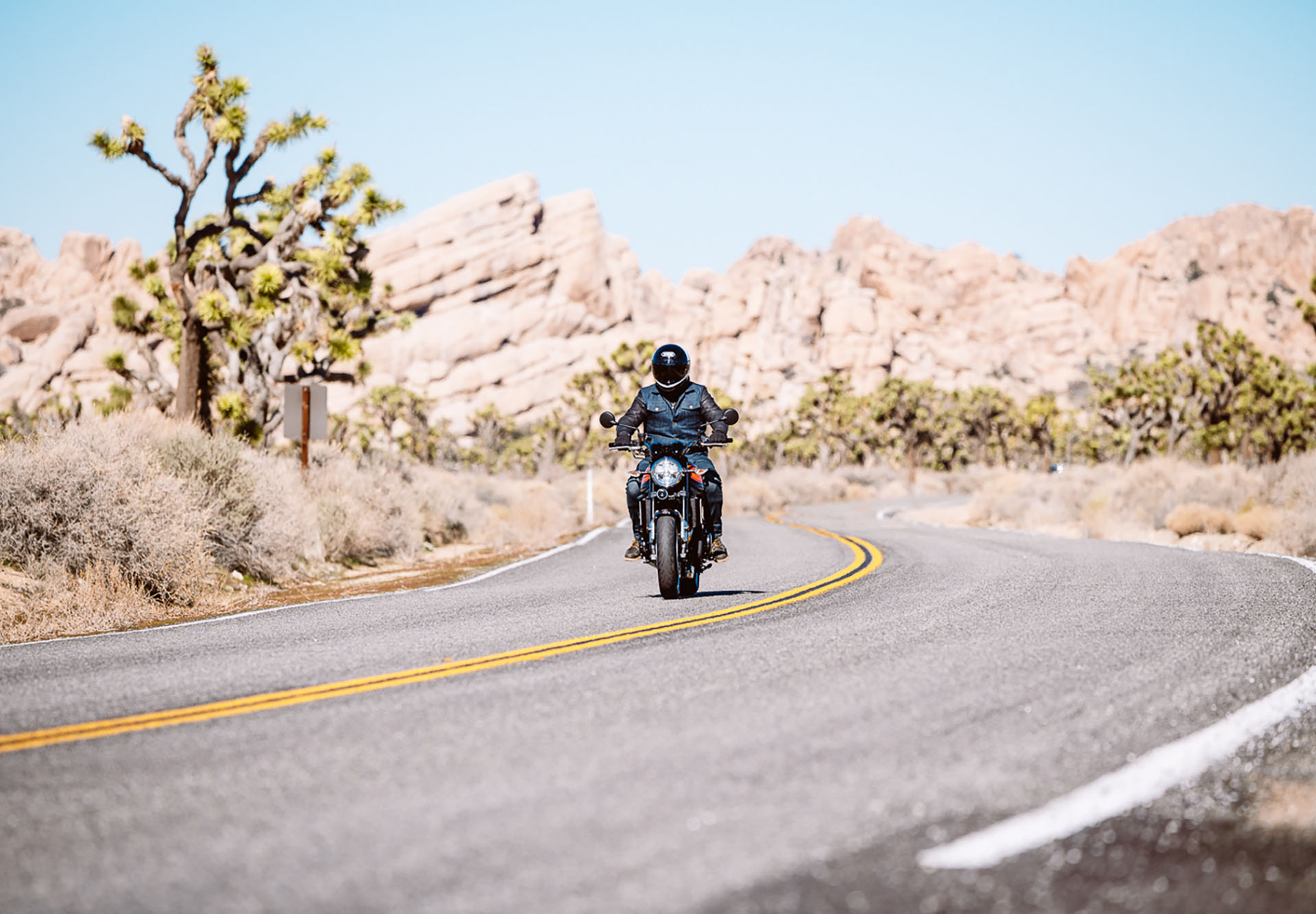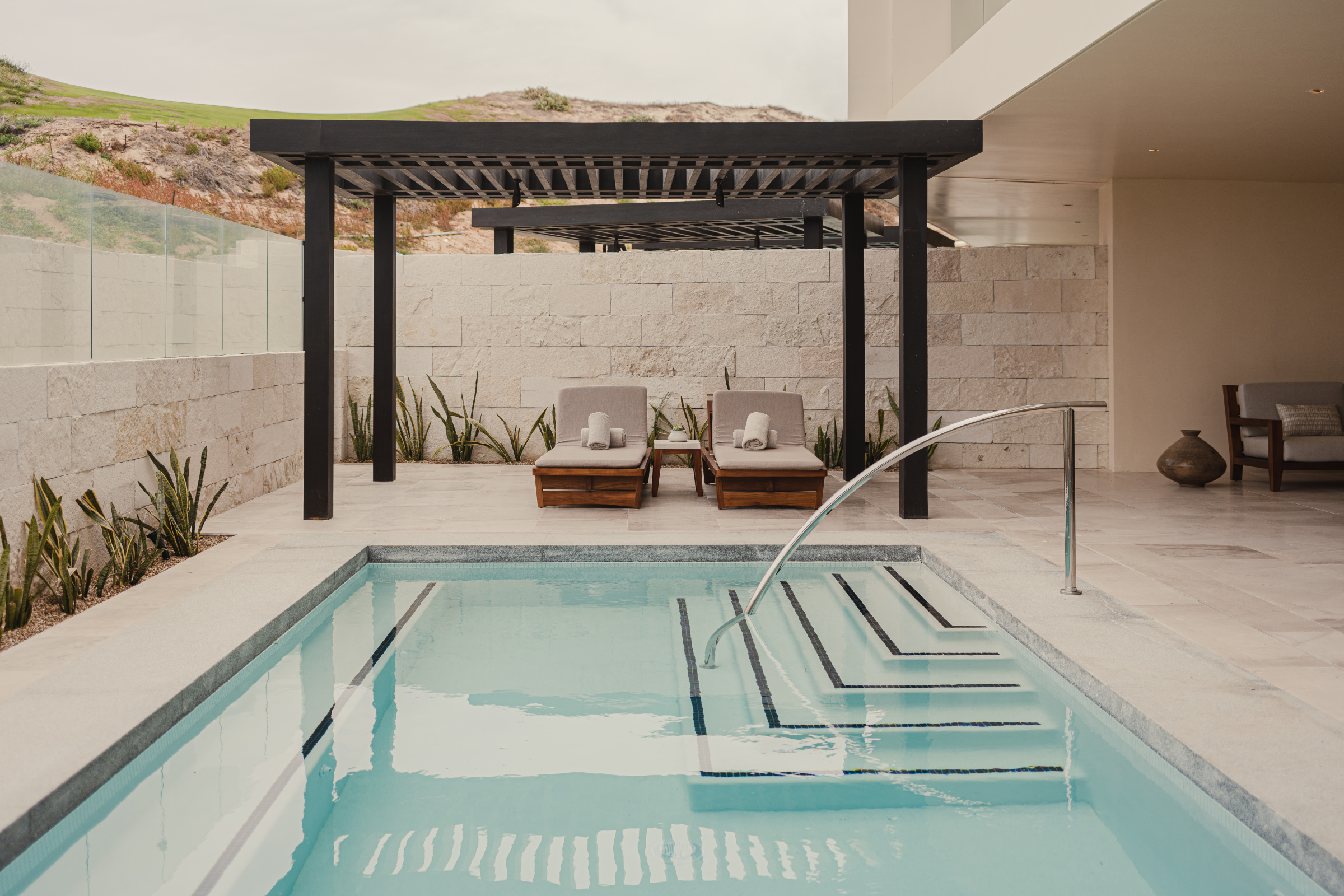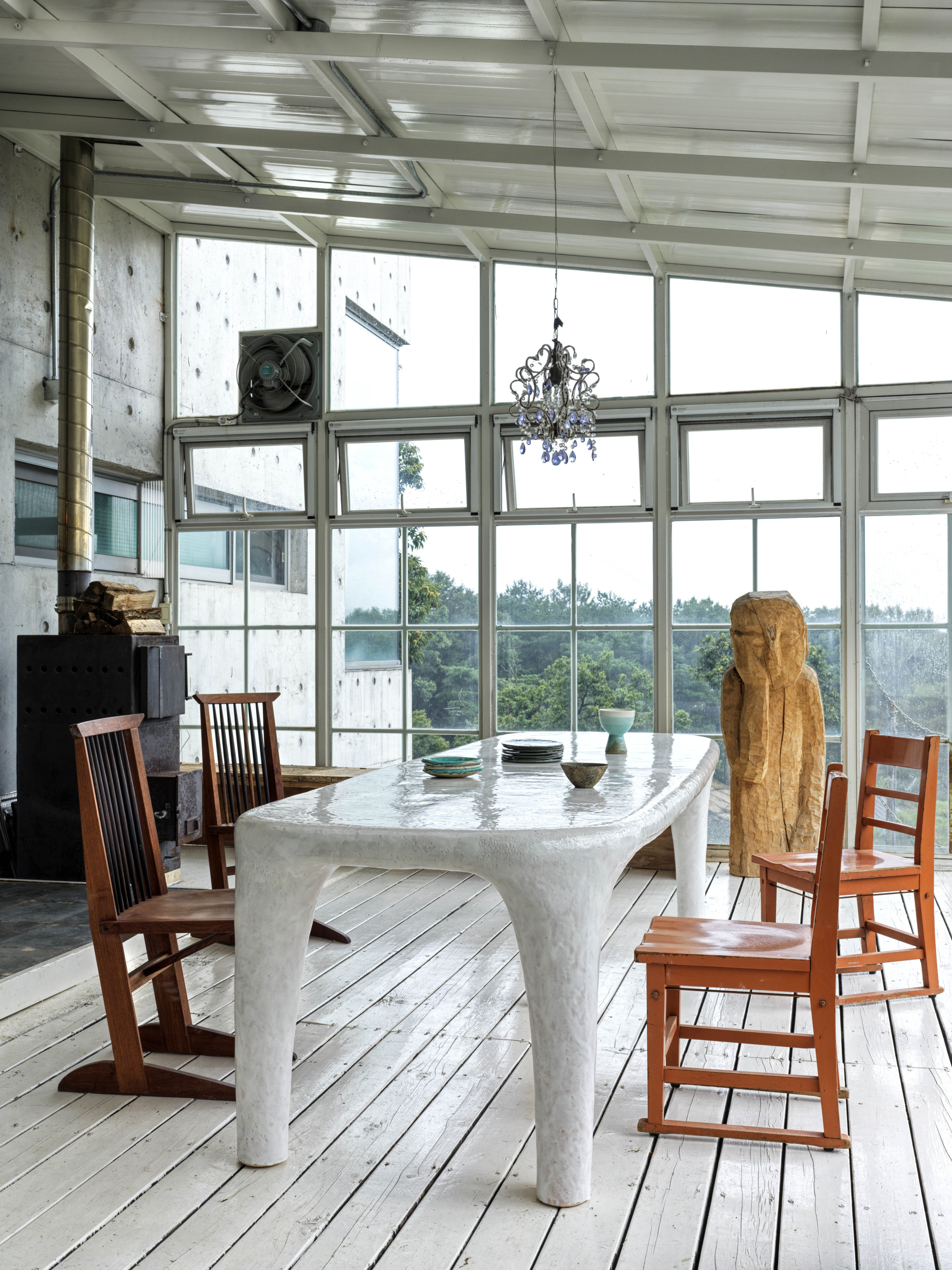There’s a moment in Bennett Miller’s film Foxcatcher where billionaire John du Pont introduces wrestler Mark Schultz—played by Channing Tatum—to Liseter Hall Farm, a stunning 440-acre wrestling facility. It’s a quick scene, and even though Channing’s character is asked a question, he doesn’t say a word; he doesn’t even smile. What he does instead is try on the space. He wears it as he walks across the mat. The entire scene is less than a minute long, but it took Channing more than five months to learn to move like that; how to show—in a single scene with no lines—who he was, where he came from, and what he believes is possible.
The scene expresses so much, so quietly, so quickly. That clip flashed across my mind the first time I rode the Kawasaki Z900RS ($11,199 for the model shown here). It’s subtle. Its retro looks aren’t over-styled; if you’re not familiar with motorcycles, you might mistake it for a bike from the 1970s. Within the first minutes of riding it, I knew it was one of the best stock motorcycles I’d ever been on.
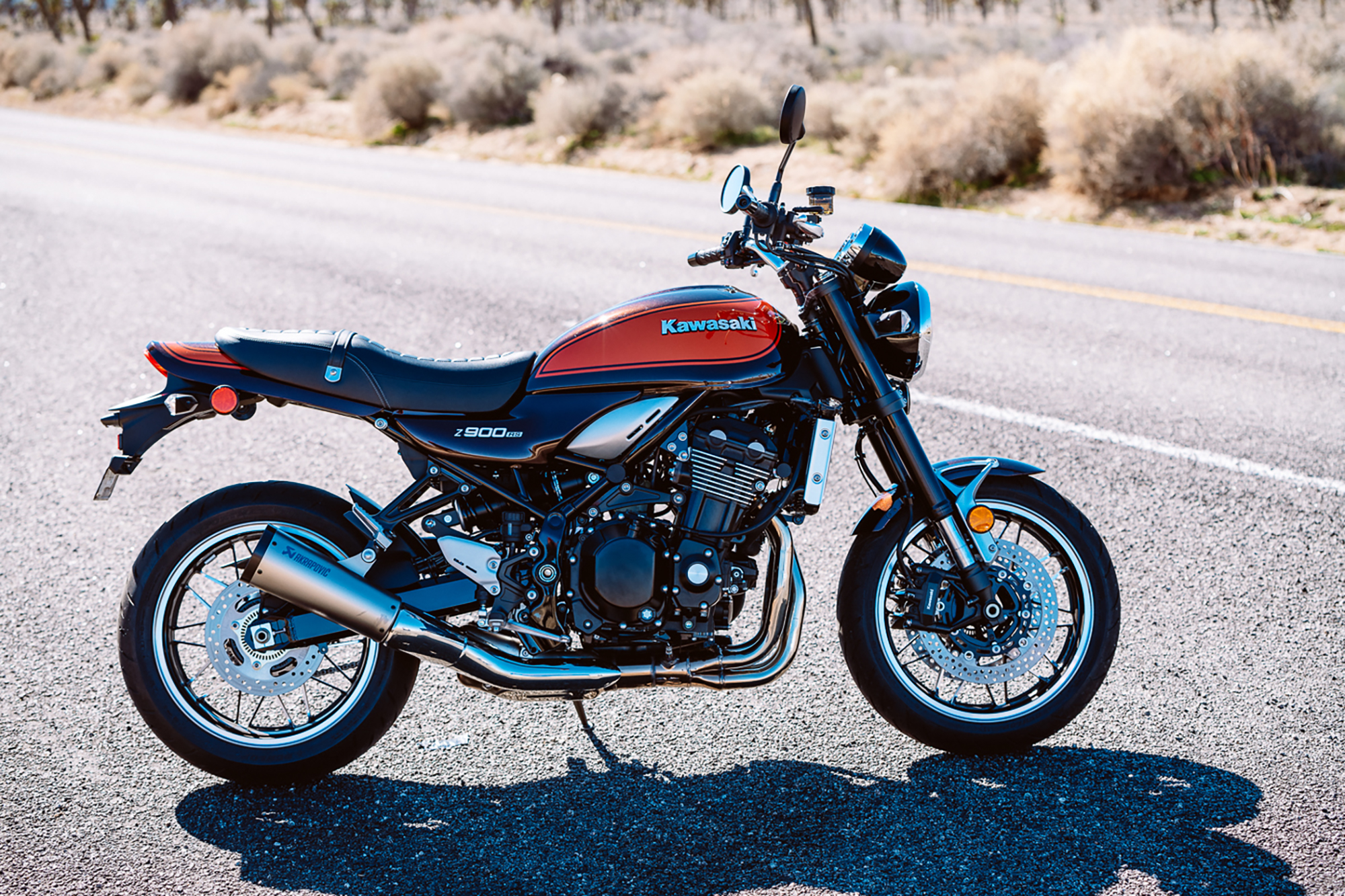
The Kawasaki Z900RS. Its retro looks aren’t over-styled; if you’re not familiar with motorcycles, you might mistake it for a bike from the 1970s. Photo by Chris Force
It was in the dead of one of the coldest Chicago winters when I flew off to sunny Southern California with designer and photographer Juan Hernandez. We headed straight for the Kawasaki USA headquarters and were tossed the keys to two new Z900RS bikes. We’re experienced riders, but we’d never been on a Z900RS, and it’s always a gamble when you’ve got a 1,000-mile route ahead. Will they hold up? Will they be comfortable? Fun? Will they induce a shit-eating grin the way every good set of two wheels should? We pulled out of the warehouse and launched up the Santa Ana Mountains. A few miles in, at a stoplight with our visors up, I glanced at Juan. Without a word I could tell: These bikes were gonna do the trick.
“Charting a course to the end of civilization? The Z900RS is the motorcycle for you.”
Our route began on the Ortega Highway, a snaking 30-mile stretch through the mountains. After a quick stop at the Lookout Roadhouse, where a friendly group of BMW riders bought us lunch (it’s hard not to make friends on a motorcycle) we popped out at Lake Elsinore, the largest natural lake in Southern California and home to the Elsinore Grand Prix, the annual dirt bike race featured in the classic ’70s documentary On Any Sunday.
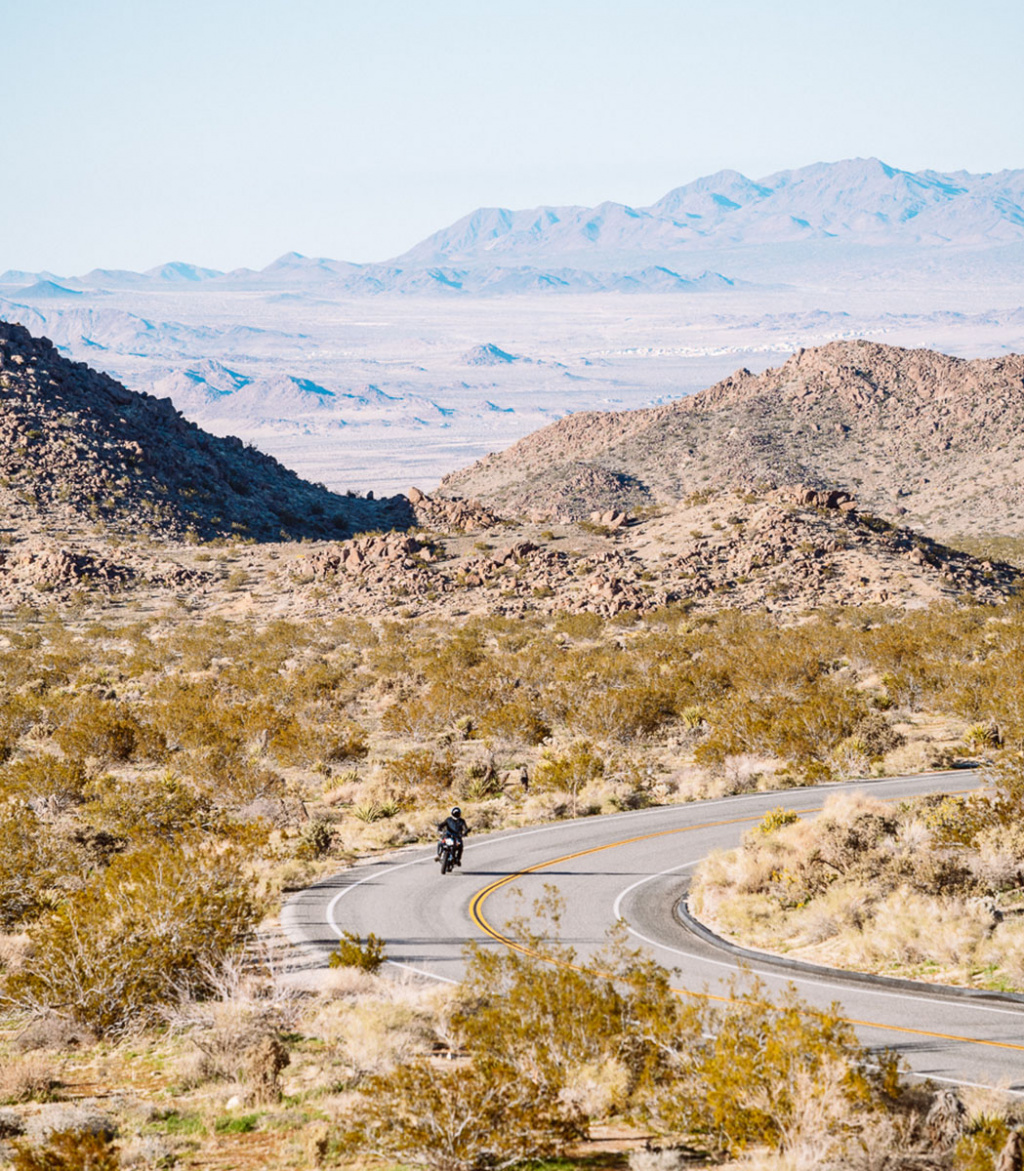
A twisty pass in Joshua National Tree Park. Photo by Juan Hernandez
Over the next few days we rode through Twentynine Palms and Joshua Tree National Park twice—it’s a mandatory stop every time I’m in the area; it never disappoints. The temps dip in the winter, but so do the crowds. On the following day we rode down to the Salton Sea, a gigantic mistake created by a mix of poor engineering, overeager developers, and unfortunate weather. In the 1950s the lake had a temporary boom complete with watersports tourism and summer homes, but the increasingly salty water and stench of dead fish caused the surrounding towns to be abandoned. Now the crunch of dead fish and rows of abandoned buildings make for little more than roadside attractions.
[rp4wp]
We took our time during the long stretch of State Route 111. The road links every little desert resort town in the valley and chases alongside the active Union Pacific Railroad “Sunset Route.” It’s not technically part of the state scenic highway system, but it should be. We parked the bikes at Bombay Beach and roamed the abandoned buildings on the east side of the lake. Many of the homes there had recently flooded despite the berm created between the town and the lake to prevent that from happening. It seems like the kind of place where nothing goes right. The town claims 295 residents and at least one 12-year-old who rode his bicycle in tiny psychotic loops the entire team we were there. When we were done with our self-guided post-apocalypse tour we stopped for lunch at Ski Inn, dubbed the “lowest bar in the western hemisphere” because it sits 228 feet below sea level. Beers are $2 and, as previously reported by the investigative geniuses at Vice, all the food tastes like used bathwater. I’m not sure why Anthony Bourdain ate lunch there on the fourth season of No Reservations, but it’s a surprisingly charming place to rinse away the smell of death.
Over our final days we roamed wherever we felt like roaming, transitioning from small town tours to carving through canyons with ease on the RS. There’s so much to like about “standard” motorcycles. Feeling speedy? Twist and go, there’s always some power ready. Want to relax around town in comfort? Done. Mainly looking to commute, this bike would tackle the job with ease. Would I choose the RS for 3,000 miles across country? Sure. No problem. If the weather had been warmer and the fellas at Kawasaki offered, I would have rode back to Chicago in a heartbeat on it. Riding this bike is, in a great way, almost forgettable. It’s easy to wear, letting you focus on the route ahead, even if you’re not charting a course to the edge of civilization.
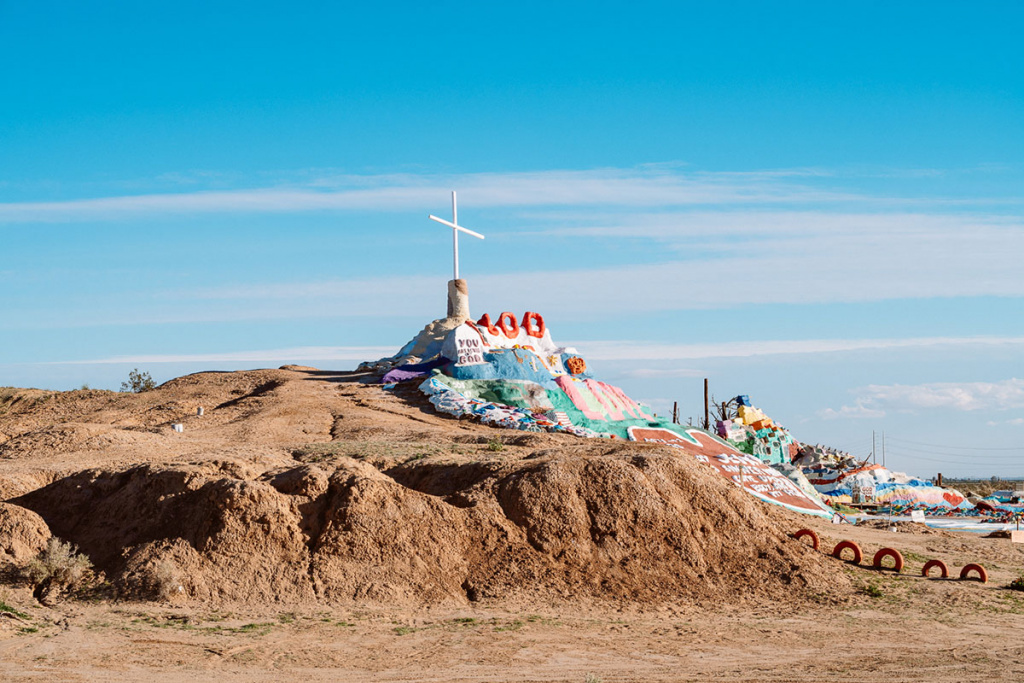
Salvation Mountain. Photo by Chris Force
Salvation Mountain
No trip to the Salton Sea is complete without a visit to Salvation Mountain, a folk-art mound mashed together with straw, adobe, and thousands of gallons of paint by Leonard Knight, who lived out of his truck with no electricity for decades while he created it. The real spectacle to admire is Slab City, an abandoned WWII base that’s now used as a winter home destination for thousands of elderly retirees. The area is littered with makeshift shelters, wooden shacks, and dilapidated buses. It’s rumored the locals, referred to as “slabbers,” chose the area since it’s largely ungoverned, leaving them to settle issues and disputes among themselves. The area is completely off-grid with no electricity, sewers, or fresh water. To each their own. We were happy to twist our throttles and head back to civilization.
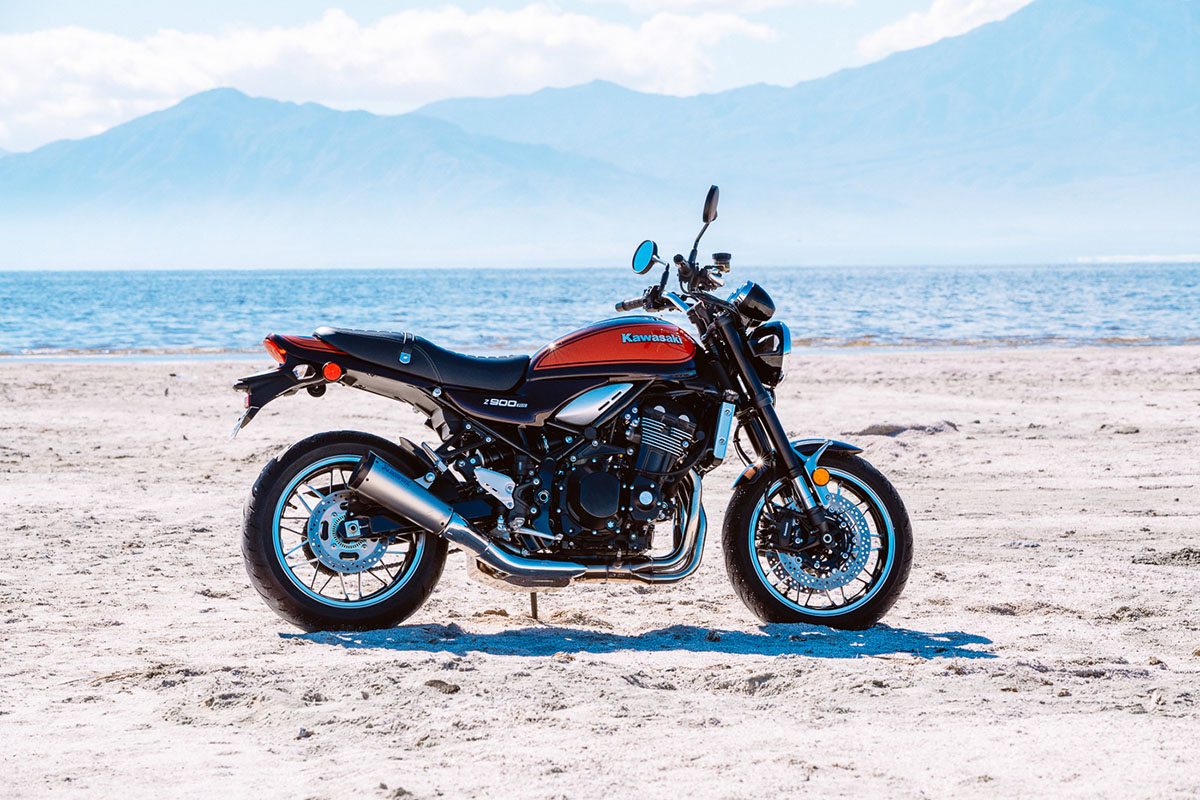
Bombay Beach. Photo by Chris Force
Bombay Beach
This is the kind of place I can only imagine traveling to by motorcycle. The country is littered with bizarre remnants of neglected destinations, dated roadside attractions, and dilapidated, yet somehow still inhabited, towns like this one. Viewed collectively, spots like this tell a story you can only get on the road. Some 43 feet deep in spots, the Salton Sea is fed by rivers, drainage systems, and agricultural runoff. About 4 million tons of salt are deposited here each year; by 2030, no fish may be able to survive. And yet, it’s home to a diverse bird population. While it remains a public health crisis with no solution in sight, the view from the beach out to the Chocolate Mountains sure is beautiful.
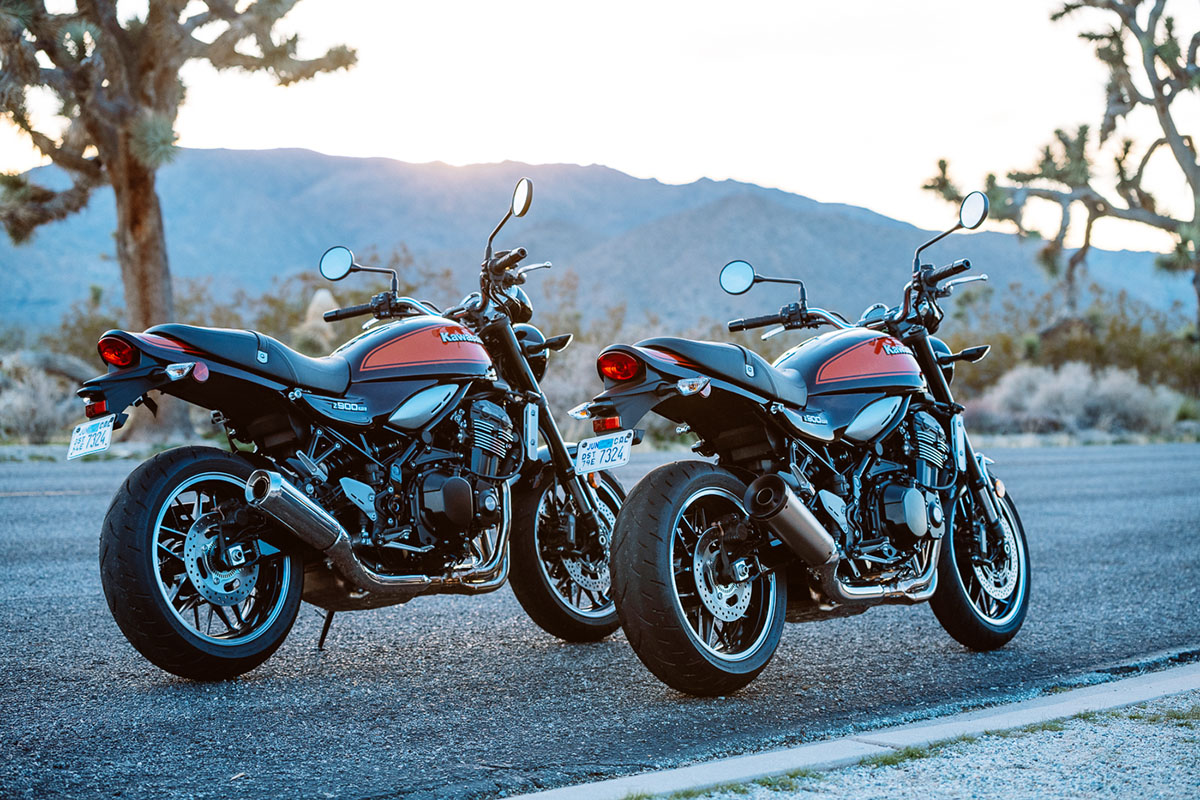
What’s better than one? Two. The Kawasaki Z900RS in Joshua Tree National Park. Photo by Chris Force
Joshua Tree National Park
This ride was perfect for hitting the open road and navigating around Joshua Tree. This style of bike is referred to in the U.S. as a “Universal Japanese Motorcycle,” or UJM. The term was coined in the ’70s when Japanese brands brought “universal” all-purpose motorcycles to the market. The Big Four, Honda, Yamaha, Kawasaki, and Suzuki, claimed 90% of the motorcycle market back then and sold millions of UJMs. The style faded in the early ’90s but is making a comeback for its versatility, reliability, and price point.
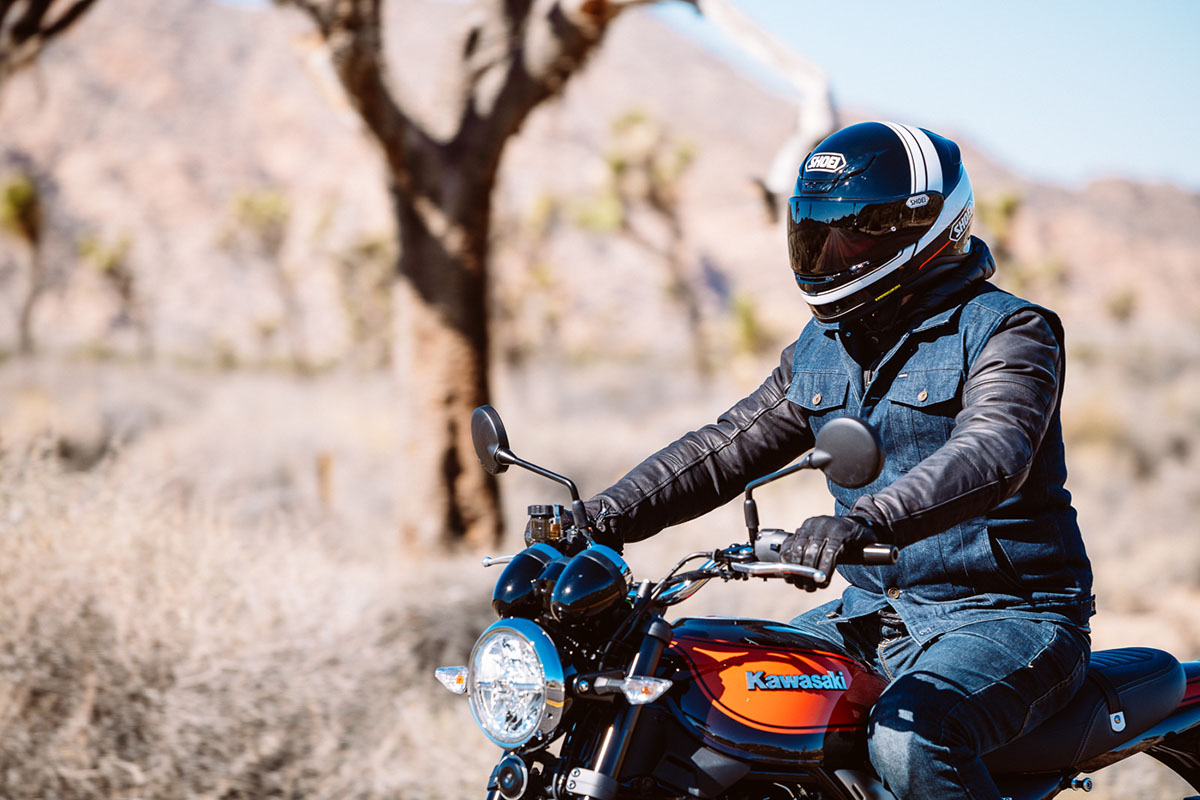
Chris Force riding the Kawasaki Z900RS. Photo by Juan Hernandez
The Gear
Helmet: Shoei RF-1200 in Philosopher. I’ve owned several Shoei helmets. They offer great fit and comfort and they tend to be quieter than my other helmets, which is great for touring or when you’re using a comm system. $589. Jacket: Spidi Garage leather jacket. I wear this all the time, on and off the bike. $549. Pants: Spidi J&K Evo Keramide Denim. These riding jeans fit and stretch like normal premium denim but are built with removable knee and hip protectors and reinforced with Keramide panels. $299.
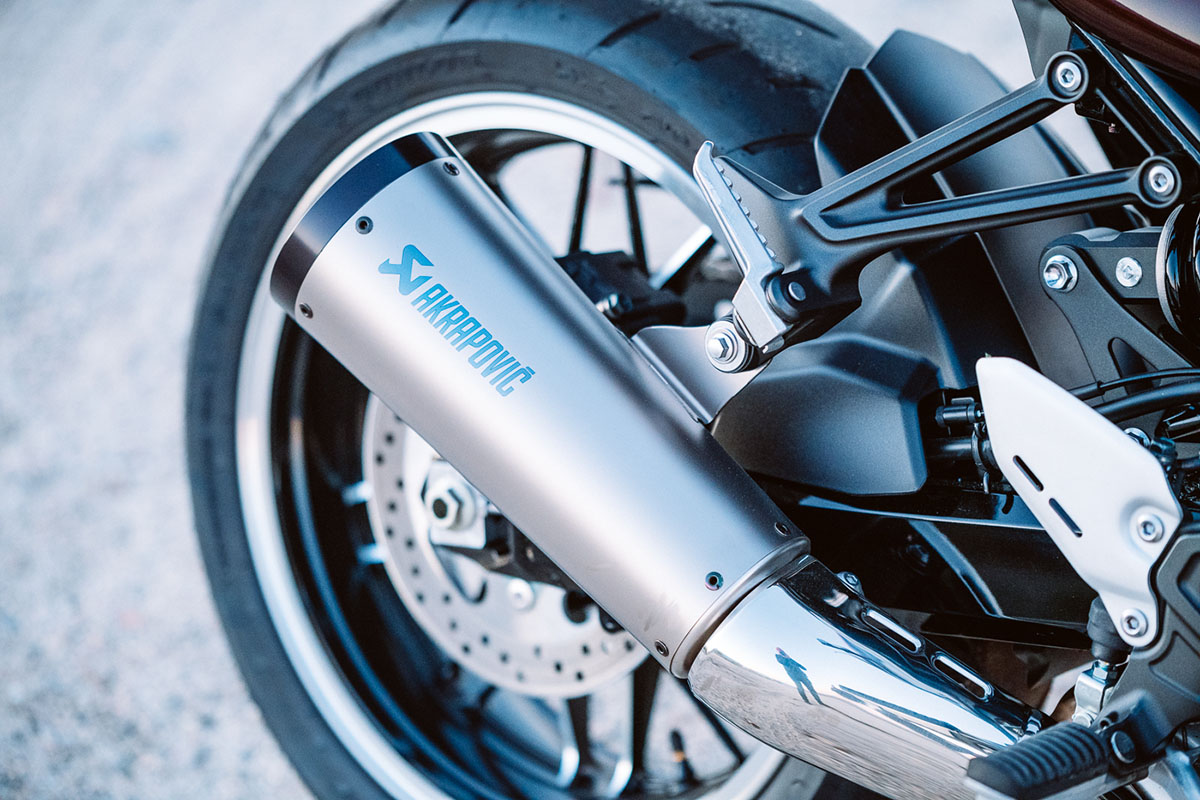
An Akrapovic exhaust is available for the Z900RS. Photo by Chris Force
The Options
Kawasaki offers some incentives for adding an Akrapovič pipe. It adds a bit of roar, but the stock pipes sound surprisingly nice and the headers are smartly designed to avoid discoloring. The bike is shown here in Candytone orange and brown, but for a few extra bucks you could get the Vintage Lime Green Cafe version. kawasaki.com
This article originally appeared in the Spring/Summer 2019 issue of Sixtysix with the headline “On the Road with Kawasaki.” Subscribe today.
